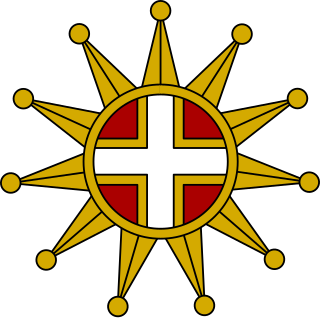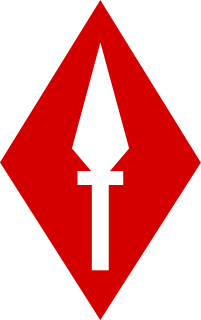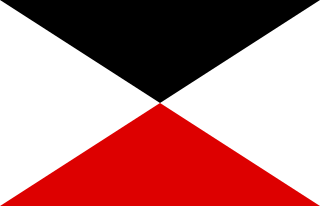| 2ª Divisão do CEP 2nd CEP Division | |
|---|---|
| Active | 1917-1918 |
| Country | |
| Allegiance | Portuguese Army |
| Type | Division |
| Size | 20 000 |
| Headquarters | La Gorgue, France |
| Engagements | World War I Western Front Battle of the Lys (1918) |
| Commanders | |
| Division commander (December 22, 1917, to March 21, 1918) | General Simas Machado |
| Division commander (March 21, 1918, to April 9, 1918) | General Gomes da Costa |
The 2nd Division was one of the two divisions of the Portuguese Expeditionary Corps (CEP, Corpo Expedicionário Português), the main military force of Portugal that fought in the World War I Western Front on the side of the Allies. The Division was under the command of General Simas Machado until March 1918, when it became under the command of General Gomes da Costa.

A division is a large military unit or formation, usually consisting of between 10,000 and 20,000 soldiers. Infantry divisions during the World Wars ranged between 8,000 and 30,000 in nominal strength.

The Portuguese Expeditionary Corps was the main military force from Portugal that fought in the Western Front, during World War I. Portuguese neutrality ended in 1916 after the seizure of German merchant ships resulted in Germany declaring war. The expeditionary force was raised soon after and included around 55,000 soldiers.

Portugal, officially the Portuguese Republic, is a country located mostly on the Iberian Peninsula in southwestern Europe. It is the westernmost sovereign state of mainland Europe. It is bordered to the west and south by the Atlantic Ocean and to the north and east by Spain. Its territory also includes the Atlantic archipelagos of the Azores and Madeira, both autonomous regions with their own regional governments.
On April 6, 1918, after heavy losses, the 1st Division was removed to the rearguard, leaving the 2nd Division (reinforced with the 6th Brigade from the 1st Division) as the sole CEP division on the front line. The 2nd division assumed the responsibility of all the Portuguese sectors, rearranged as the Fauquissart, the Neuve Chapelle and the Ferme du Bois sectors (11 km of front), now under the operational control of the British XI Corps.
The 1st Division was one of the two divisions of the Portuguese Expeditionary Corps, the main military force of Portugal that fought in the World War I Western Front on the side of the Allies. The Division was under the command of General Gomes da Costa, during most of its existence.

XI Corps was a corps-sized formation of the British Army, active during the Great War that served on the Western Front and in Italy. It was recreated as part of Home Forces defending the United Kingdom during World War II.
The 2nd Division was also planned to be moved to the rearguard on April 9, 1918, on the same day German Army launched operation Georgette, the great offensive whose main thrust was precisely on the sectors defended by the Portuguese Division. In the resulting Battle of the Lys, the 20,000 Portuguese of 2nd Division suffered an assault from 100,000 Germans, supported by a heavy artillery bombardment. Despite stubborn resistance, the Portuguese Division was overrun and lost c. 7,000 casualties. From December 22, 1917, to April 6, 1918, the 2nd Division was responsible for the sectors of Fauquissart and Chapigny of the Portuguese Sector of the Western Front.

The Battle of the Lys from 7 to 29 April 1918, was part of the 1918 German offensive in Flanders during World War I, also known as the Spring Offensive. It was originally planned by General Ludendorff as Operation George but was reduced to Operation Georgette, with the objective of capturing Ypres, forcing the British forces back to the channel ports and out of the war. In planning, execution and effects, Georgette was similar to Operation Michael, earlier in the Spring Offensive.











